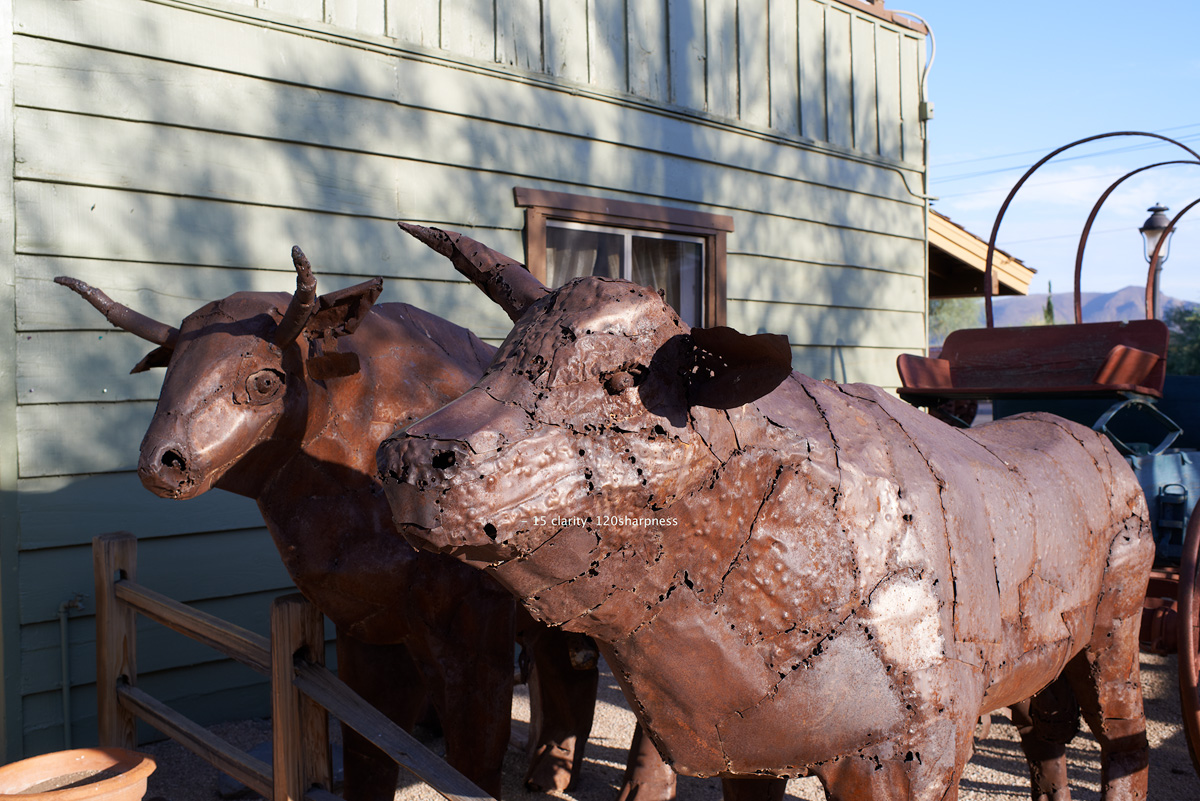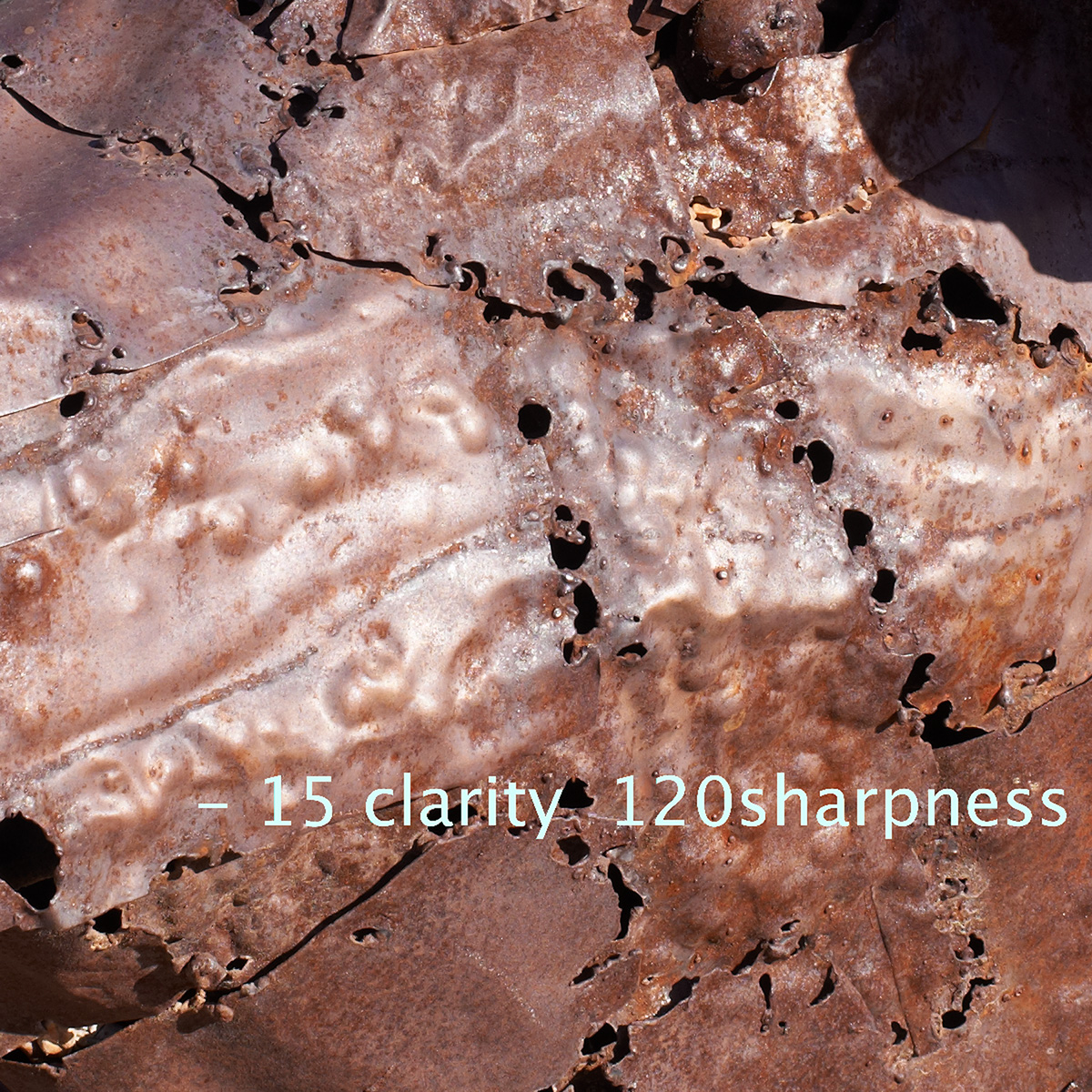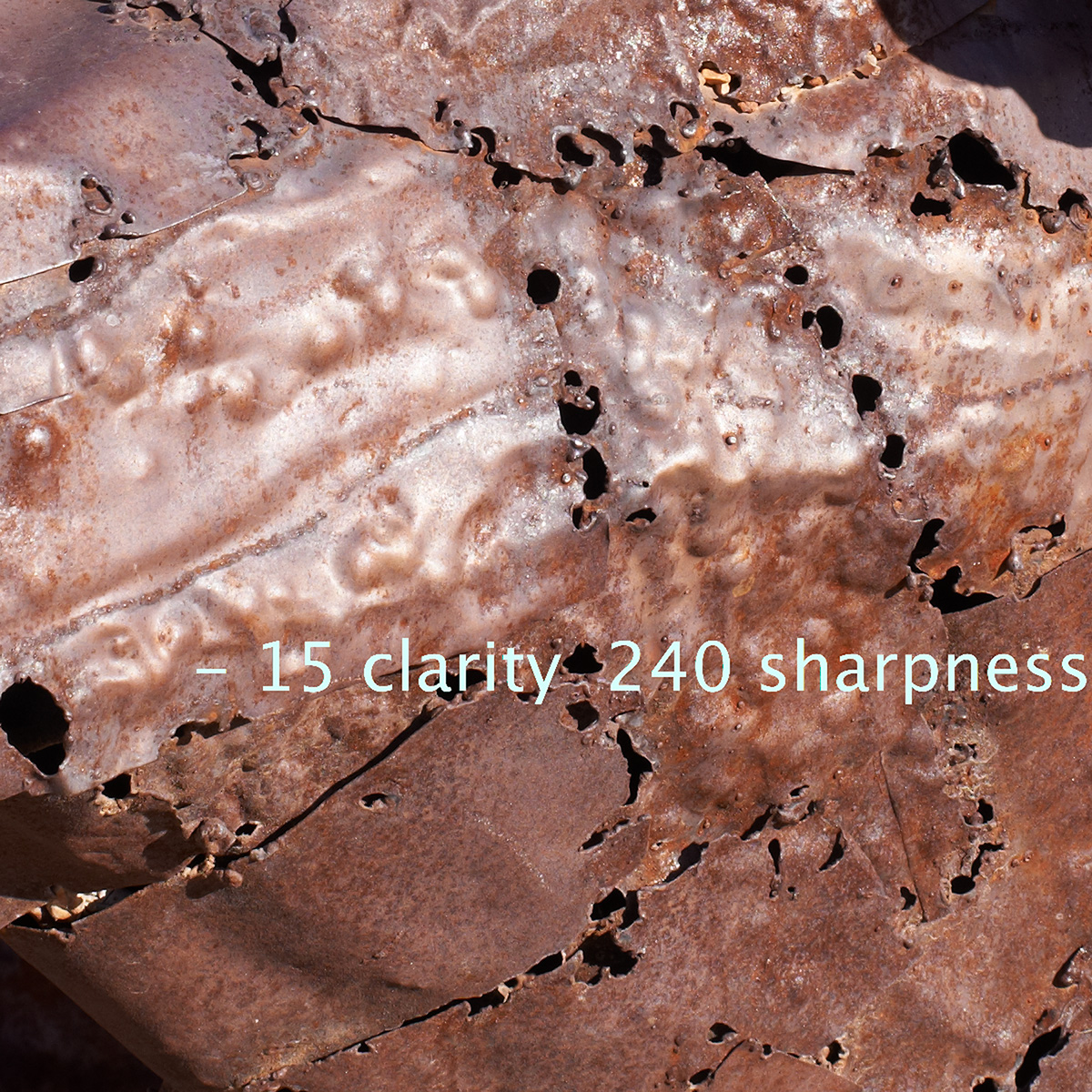Guy Mancuso
Administrator, Instructor
Okay playing around here with sharpness in C1.
I pretty much settled in on -15 Clarity for the E and for the D800 its a plus 15. From all that I am seeing here these are really good clarity levels without kicking mid level contrast into over drive.
Now I thought my settings for sharpness on the D800 was a great 240 setting without getting into much trouble. On the E version its pretty high and i thought 120 was pretty good but as you can see here given the subject matter you could float between 120 and 240 although 240 is just flat out sharp as you can see. I'm kinda leaning as my default to be maybe180 or so and adjust as needed. That will require more testing of different subjects to see what works best and again sharpness is subjective but as you can see its a pretty big difference between the setting. Obviously people you want to keep this low but landscape type shooting you could really punch it if you want. I did leave the clarity at -15 for these and that Im pretty dead set on as a setting but it may go lower for people. Just a sample of 120 vs 240 here at 100 percent crops
Full Image



I pretty much settled in on -15 Clarity for the E and for the D800 its a plus 15. From all that I am seeing here these are really good clarity levels without kicking mid level contrast into over drive.
Now I thought my settings for sharpness on the D800 was a great 240 setting without getting into much trouble. On the E version its pretty high and i thought 120 was pretty good but as you can see here given the subject matter you could float between 120 and 240 although 240 is just flat out sharp as you can see. I'm kinda leaning as my default to be maybe180 or so and adjust as needed. That will require more testing of different subjects to see what works best and again sharpness is subjective but as you can see its a pretty big difference between the setting. Obviously people you want to keep this low but landscape type shooting you could really punch it if you want. I did leave the clarity at -15 for these and that Im pretty dead set on as a setting but it may go lower for people. Just a sample of 120 vs 240 here at 100 percent crops
Full Image



